Independence, Missouri is Harry Truman country. There are signs all around the downtown area adorned simply with a silhouette of Mr. Truman with his cane, which was a familiar sight on the streets of Independence after he left the presidency. The fellow at the hardware store who filled our propane cylinder recounted his memories of seeing Mr. Truman walking around town in the 1960s. This is the place to see the Harry S. Truman Presidential Library and Museum, as well as the home that Harry and Bess shared for over 50 years, which is the main asset of the Harry S. Truman National Historic Site.
Truman Presidential Library and Museum
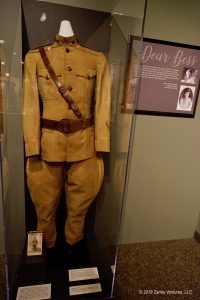
This was our first visit to a presidential library, and it was completely fascinating. There are two main permanent exhibits, detailing the president’s time in office and his personal life and history, as well as as space for rotating exhibits. Right now the rotating exhibit focuses on Truman’s service in World War I; he was the only U.S. president who was a WWI combat veteran. Like all the exhibits, it combines a large amount of physical artifacts ranging from his foot locker and uniform to his horse tack with photos and letters to tell a rich story about Truman’s motivations for serving and his experiences in the field. It’s somewhat reassuring that the person who ordered the first use of atomic weapons was a combat veteran who could truly appreciate the human cost of war, but incredible to realize that he fought on horseback. Talk about seeing a lot of change over one’s lifetime.
The oval office reconstruction — which I understand is a staple of all presidential libraries — was very cool, but for me the highlight was the series of interpretive displays covering President’s Truman’s time in office. Different areas used interesting visual and digital displays to present information about the many challenges that arose during his term in office, ranging from foreign affairs to domestic political struggles. While the library is unsurprisingly very pro-Truman, the displays do not hide the fact that many of the decisions he made were extremely controversial at the time, and even to this day.
The amount and variety of artifacts was just incredible. Several of our favorites were the type-written daily White House agendas annotated with the president’s notes at the end of each day; it was really interesting to see the president’s contemporaneous impressions of meetings jotted down. There were also heartbreaking items demonstrating that being president is definitely not for the thin-skinned, such as a purple heart sent to the president by a grieving father whose son was killed in the Korean War along with a harrowing letter (see the letter here). In a similar vein were the many letters and telegrams sent to the president to protest his dismissal of General Douglas MacArthur; a representative one on display sarcastically congratulated the president on “selling your country down the river.” The controversial topics, like the decision to use nuclear weapons (developed through the Manhattan Project) to end World War II, were given thoughtful treatment from a variety of perspectives, including different contemporary viewpoints as well as later analysis by historians.
What struck me most was sheer volume of drama that Truman dealt with throughout his presidency. Here’s a brief list of the big issues he confronted in just the first five years in office, most of which were major social and political changes that affected the lives of all Americans:
- 1945: FDR dies less than 90 days into his fourth term, making Truman president on April 12, 1945. Germany surrenders less than a month later, so Truman immediately has to manage the Yalta / Potsdam negotiations with the allies. In July, he has to decide whether to authorize the use of atomic weapons, which he heard about for the very first time on April 25. The Japanese surrender, which ends the war but is just the beginning of the lengthy process of creating post-war relationships with former enemy states.
- 1946: Lifting of wage and price controls as part of demobilization leads to major inflation. It wasn’t exactly Venezuela, but a 30% increase in the cost of consumer goods in one year is pretty shocking. Meanwhile, labor unions are unhappy with the fact that major price increases are not translating into comparably large increases in wages, so there are massive strikes around the country in core industries like steel, coal, and railroads. Demobilized soldiers return home and go back to work, evicting women from the workplace.
- 1947: Tensions with the USSR have been mounting ever since the end of the war, and matters come to a head when the USSR expresses its displeasure with the creation of West Germany by blockading West Berlin. The western refusal to capitulate leads to the Berlin Airlift, a massive logistical effort to supply a large city solely by air for almost a year. At the same time, the Marshall Plan is drafted to provide unprecedented economic assistance to rebuild western Europe (the USSR prevented occupied countries in Eastern Europe from accepting aid). Passed in 1948 after the usual legislative wrangling, the plan provides $17 billion in aid, or 6.5% of US GDP.
- 1948: The Zionist movement culminates in the declaration of the State of Israel, and Truman must decide whether to recognize the new country. The US becomes the first nation to do so, getting involved in Middle East controversies that literally continue to this day. At home, the president orders the desegregation of the armed forces, a major step forward for the contentious civil rights movement and something particularly sought by African American veterans like those who trained in Tuskegee. Truman is up for election this year, and the race goes completely down to the wire. We’ve all seen that famous photo of Truman holding up the “Dewey Defeats Truman” edition of the Chicago Tribune.
- 1949: A Chinese civil war results in Mao Zedong and the Communist Party taking over the world’s most populous country. The Cold War effort to restrict the spread of Communism is not going well for us, and then to make matters worse the USSR detonates its first nuclear weapon. Now the enemy has nuclear capability, leading to mass hysteria and construction of bomb shelters across the country. The US enters into the treaty that creates NATO, fundamentally reversing America’s historical isolationism and committing the country to a policy of world engagement.
This list doesn’t even include the Korean War, which started in 1950. Reading the news today makes me crazy, so I can hardly imagine the emotional upheaval that Americans must have experienced during these tumultuous times. The library was Truman’s main project after he retired from the presidency; he thought it unseemly to use the prestige of the presidency to gain positions on corporate boards or promote products. The museum does a great job of illustrating and examining Truman’s life and presidency and is a veritable treasure trove of artifacts, papers, and archived information for historians.
Truman National Historic Site
While in town we also visited the Victorian house that was the home of Harry and Bess for their entire married life. Like Ulysses Grant, Truman married a well-to-do woman who brought the family a great home. Truman enjoyed living in the close-knit community of Independence, and came home whenever his duties as Senator or President permitted. In his later years, the ex-president wandered around town without any Secret Service protection (or, until 1958, any sort of pension). Just like today, the town was very supportive and protective of its most famous son. The town painted the home white while he was president in keeping with its role as the “summer White House” and put up an iron fence around the property to keep people from wandering too close and bothering the president. Apparently the people of Independence are very polite and follow rules, because it’s a pretty flimsy fence! Seeing the town of Independence and Truman’s home really helped us appreciate the humility of our 33rd president, who served during some exceptionally difficult times.
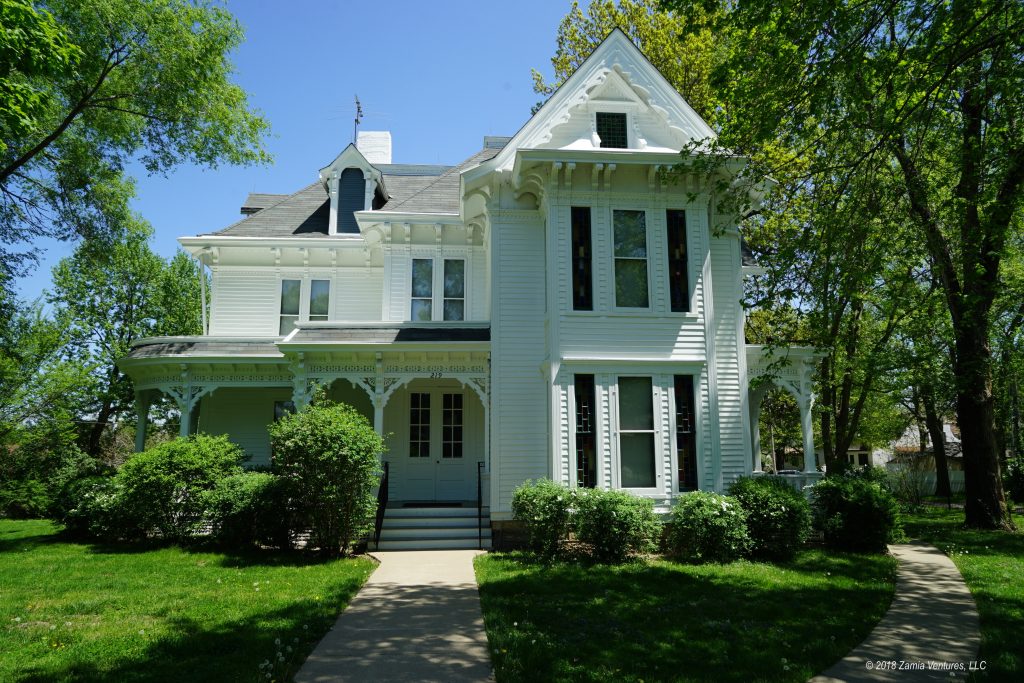
Other Sights
The downtown area is sort of a time capsule from Truman’s time, with Independence Square dominated by the courthouse that Truman helped build when he was presiding judge of Jackson County from 1927 to 1935. We enjoyed stopping for ice cream and phosphates at Clinton’s Soda Fountain, an old-fashioned store located in the same building as the pharmacy and soda shop where young Harry S. Truman had his first job. The whole downtown area is low-rise, walkable, and close to residential areas.
Which is why I was not expecting to see this two blocks from our campground:
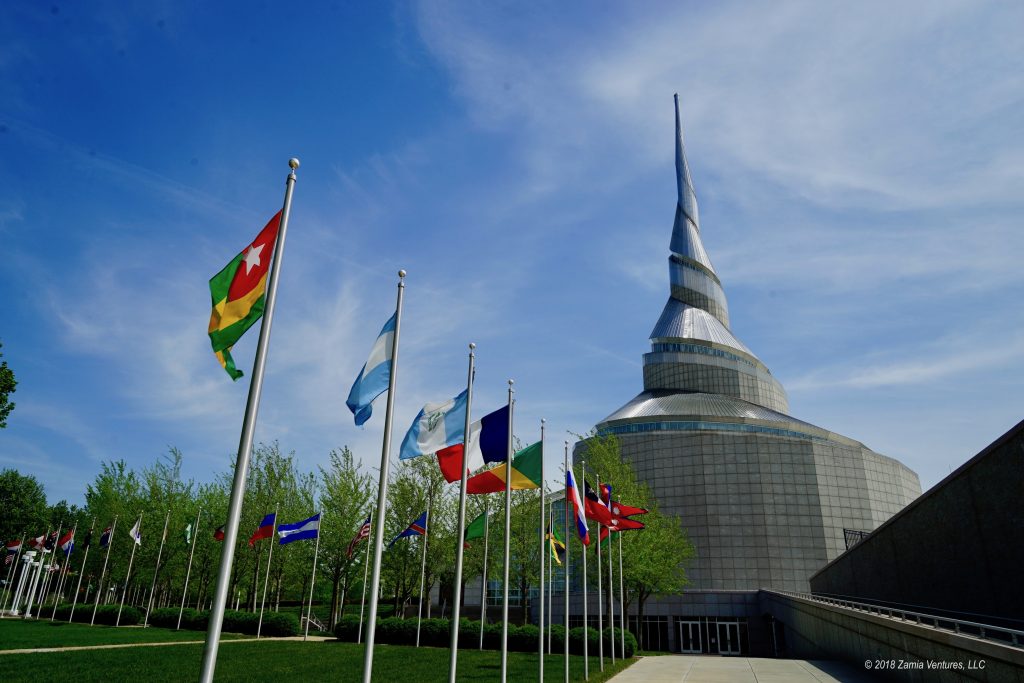
It turns out this is the head temple of the Community of Christ, formerly known as the Reorganized Church of Jesus Christ of Latter Day Saints (RLDS Church). This is a Mormon denomination that was previously unknown to me and is completely separate from the Salt Lake City-based Church of Jesus Christ of Latter Day Saints (comparison information here). I was pretty surprised to learn that there’s a Mormon denomination that has allowed women to be priests since 1984, and has a theological focus on peace and social justice. From my brief reading on Wikipedia, it seems like the Community of Christ is about what you would get by crossing the LDS and Unitarian Universalist churches, which is pretty remarkable. It turns out the heartland is filled with thought-provoking people and places. The diversity of America continues to amaze me.
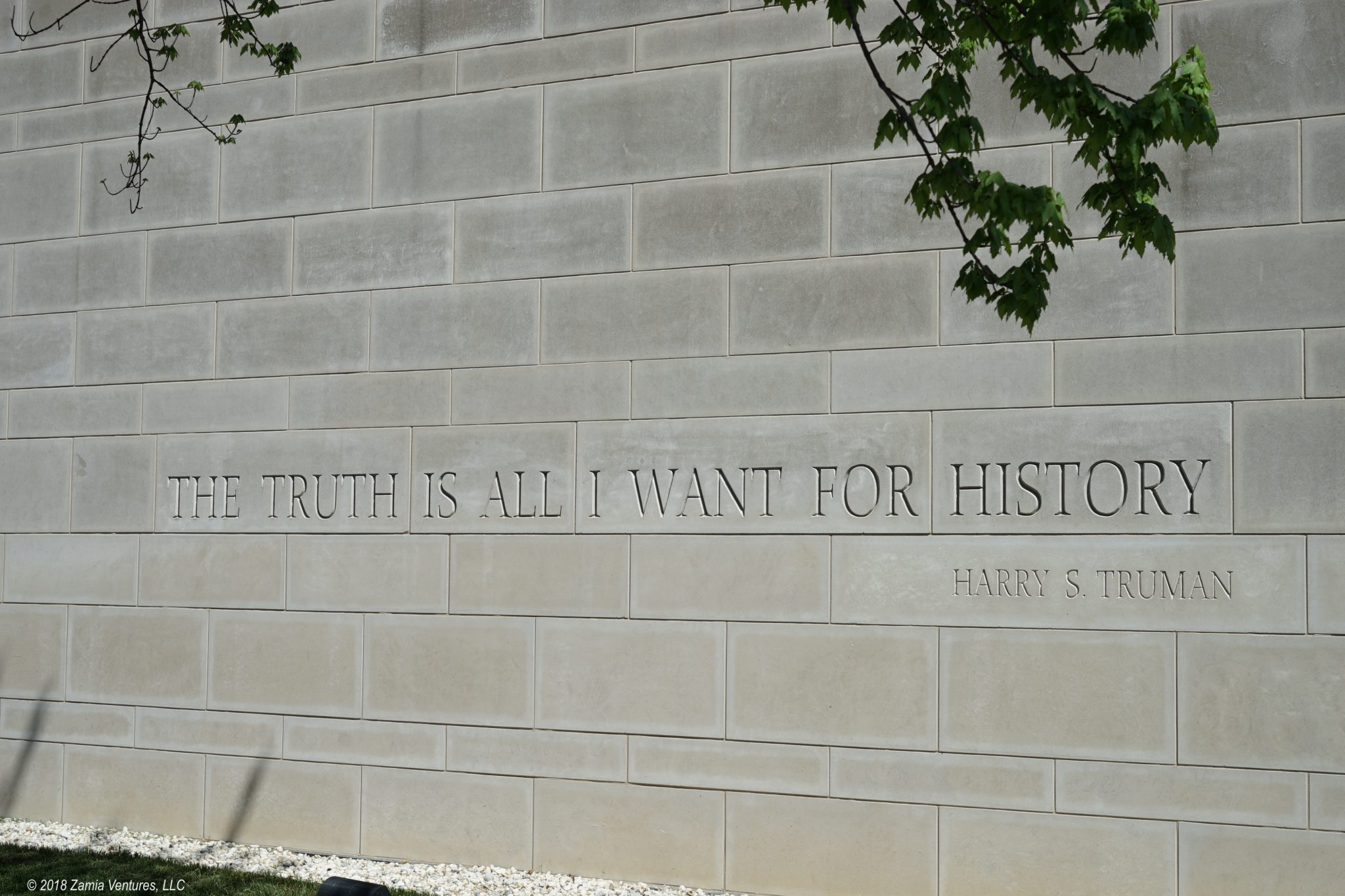
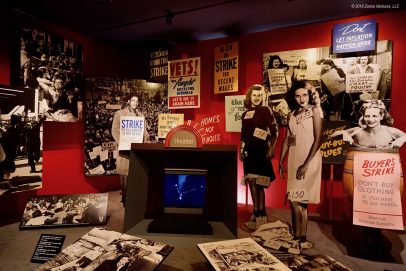
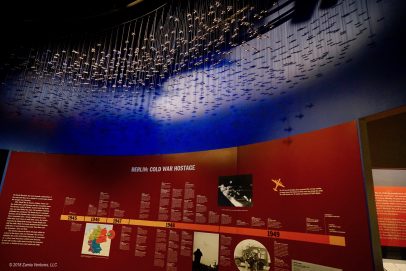
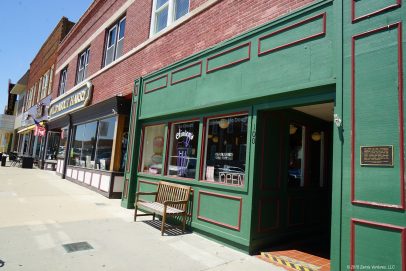
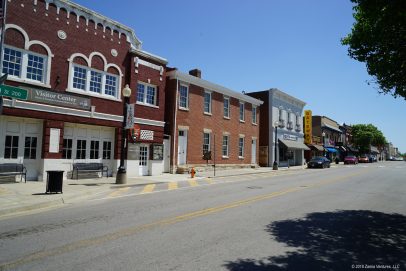
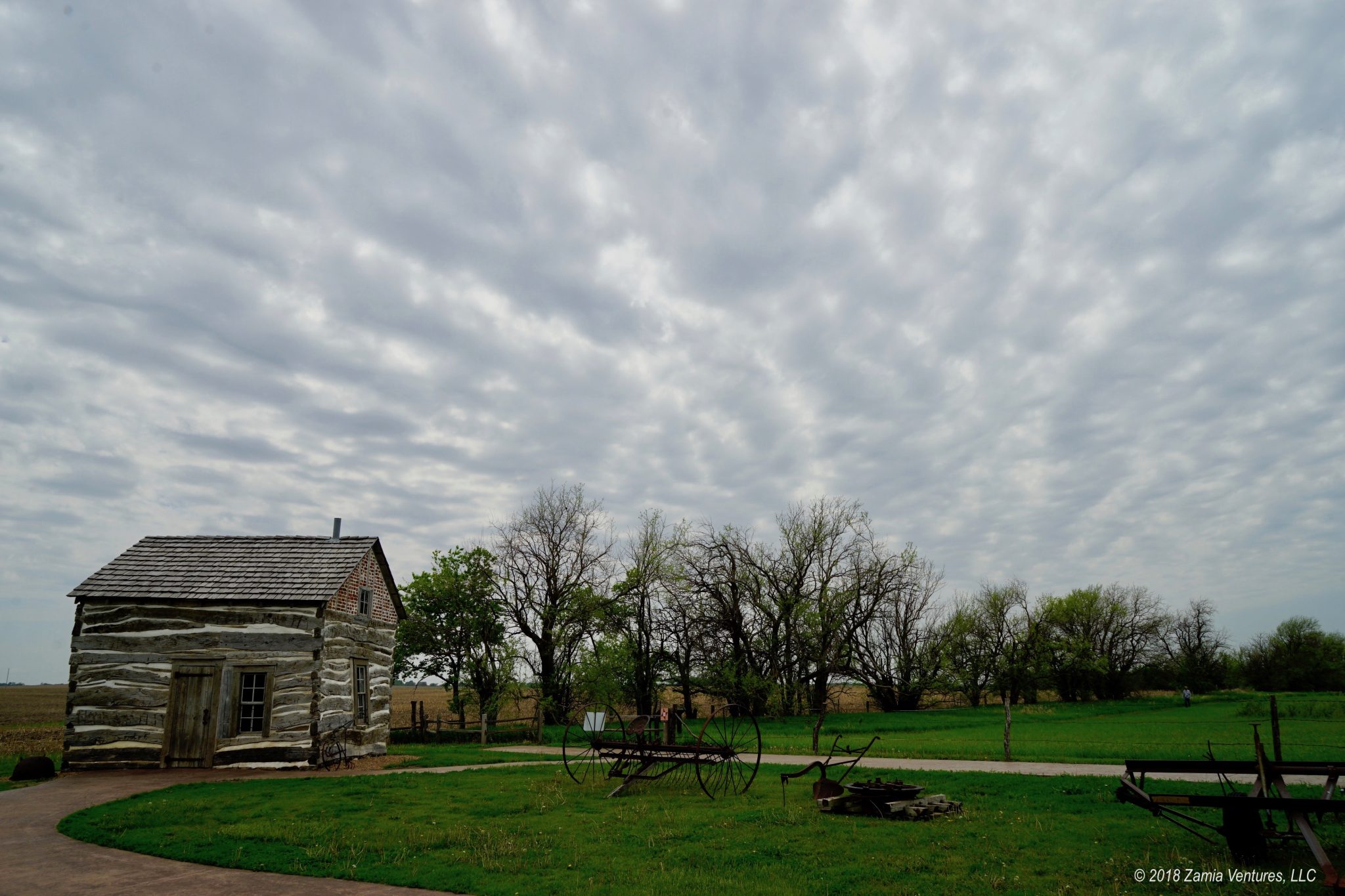
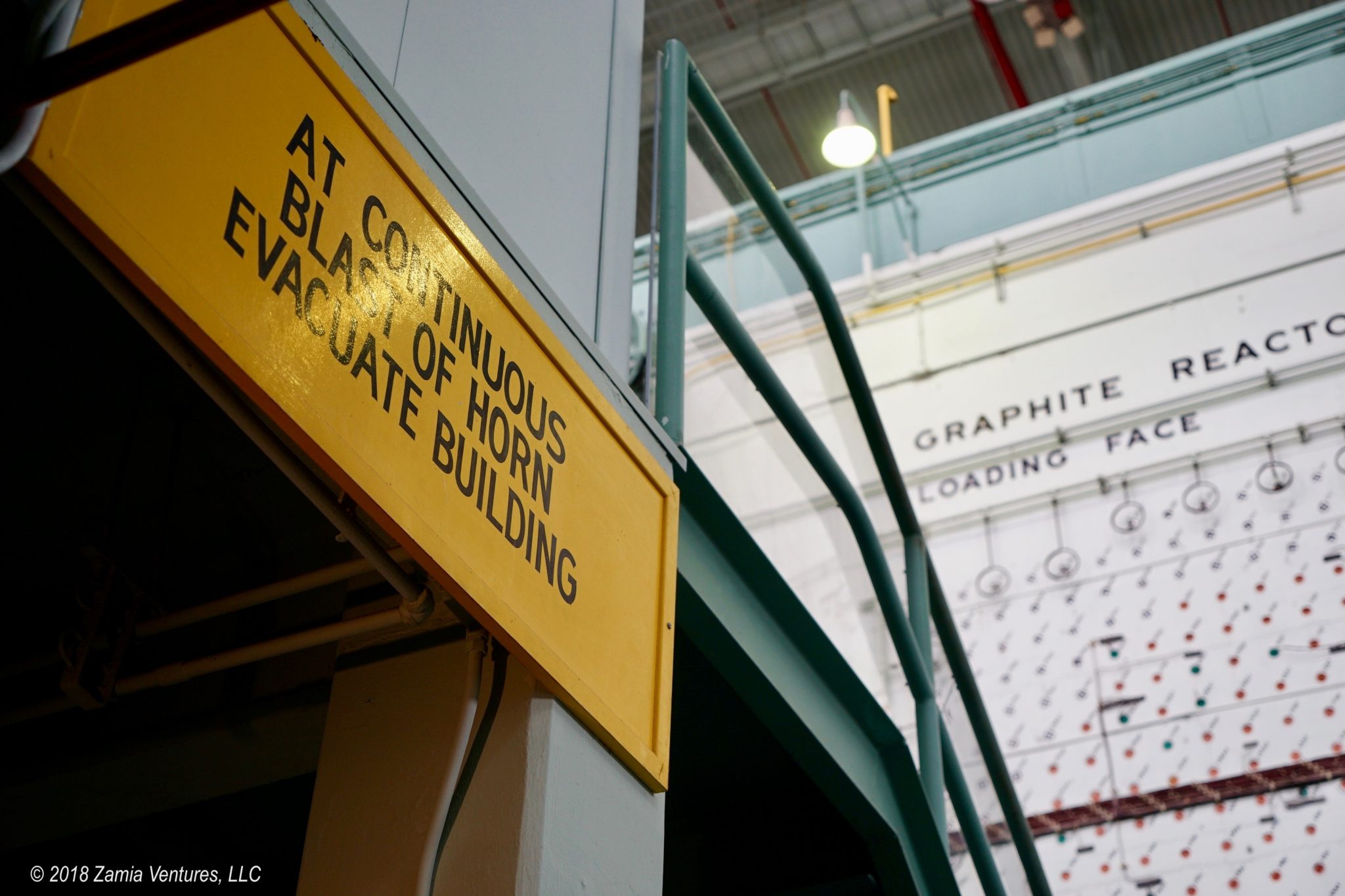
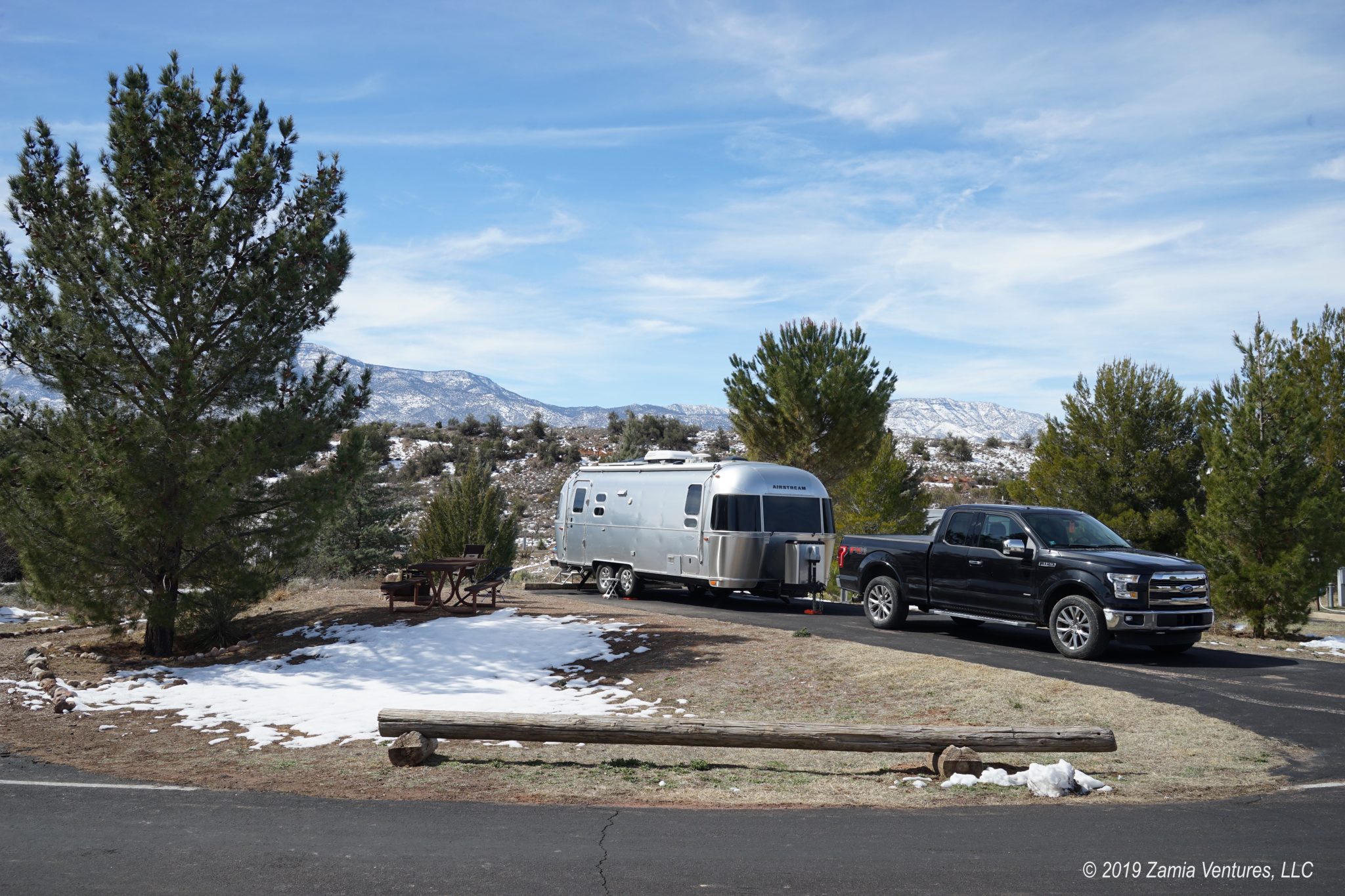
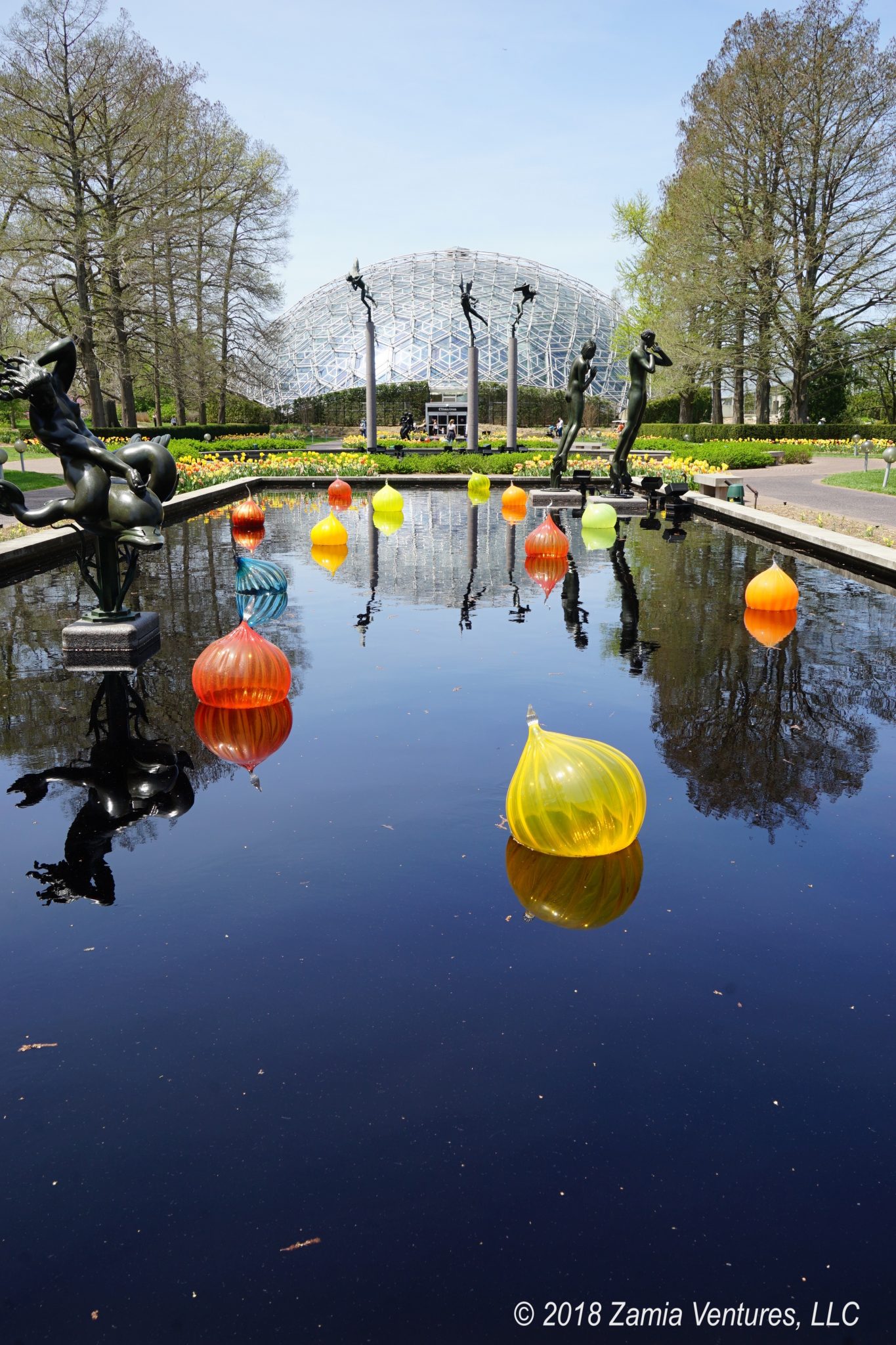
Sure wish the current occupant of the White House would show some of Truman’s humility and thoughtfulness. The architecture of this church looks somewhat out of place in small town Middle America.
Trump and Truman have one thing in common: they are probably both going back to the same house after they are done being president. Trump will love being back in Trump Tower and out of the people’s house.
I have visited a number of presidential libraries as we’ve traveled and I’ve really enjoyed them. For the most part I’ve found them to be fascinating, not just because of all the interesting artifacts, but because I’ve learned so much about the time periods in which individual presidents governed. I, too, have been impressed by the various museums’ willingness to address areas of controversy and criticisms as well as outline the subject president’s personal weaknesses and failings. On a related note, some of the museums do a wonderful job of educating visitors on how particular presidents’ backgrounds informed their policy decisions and priorities. One of the best in this regard was George H.W. Bush’s library in Texas. I knew very little about his background when I walked in the door, but left with a whole new appreciation of who he is as a person after seeing the library.
Anyway, the Truman library looks fascinating and a very worthwhile stop. I look forward to visiting it at some point.
I really enjoyed the Truman library, and I am very glad we stopped to see it along our route, but I’m not sure I would plan a trip around it. We’re in Kansas now so in theory we could head over to the Eisenhower library in Abilene. But that would require many more hours of driving through flat fields, so we’re taking a pass. I’m really glad to hear that the newer museums also take a relatively unflinching look at their subjects!